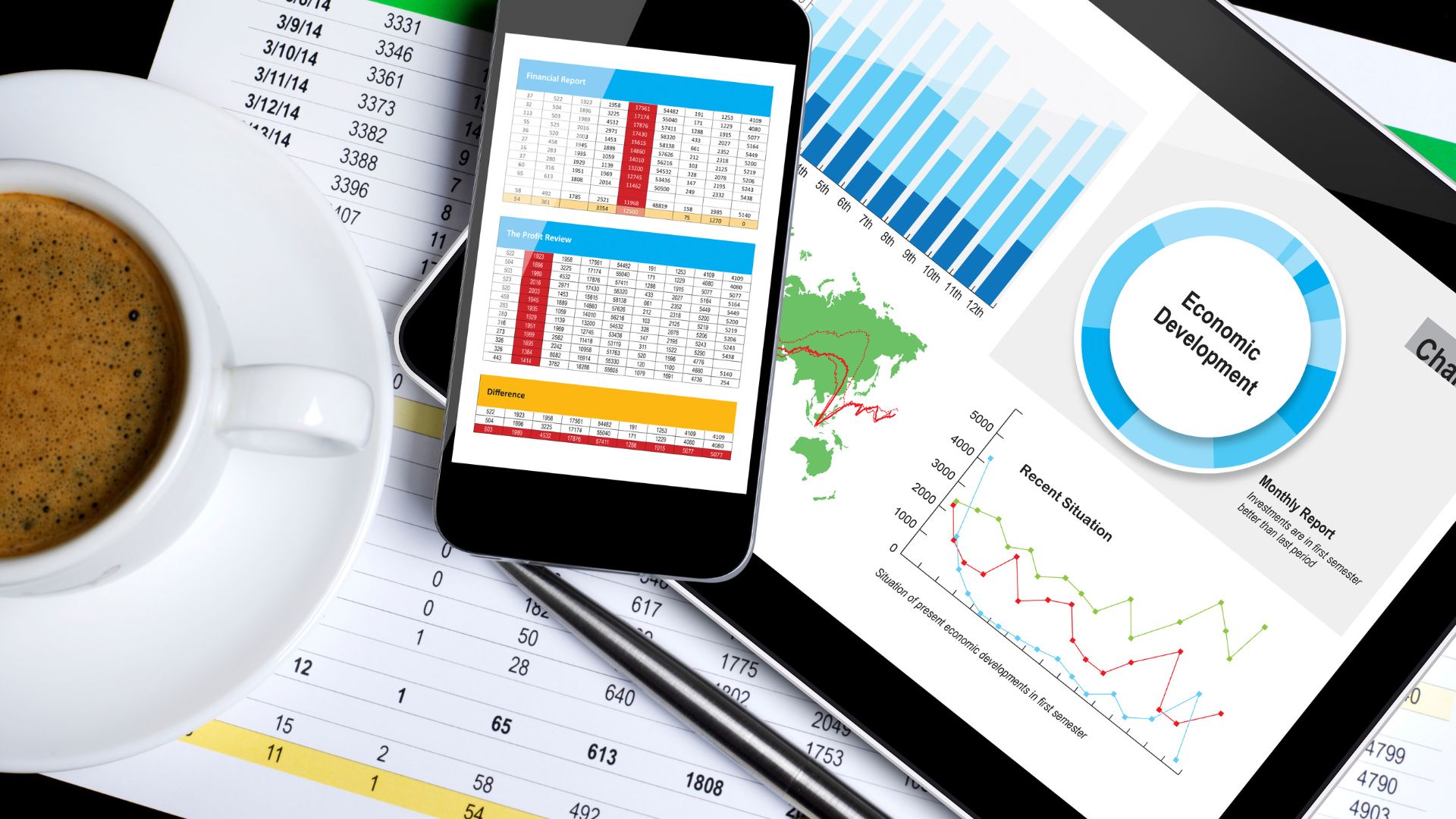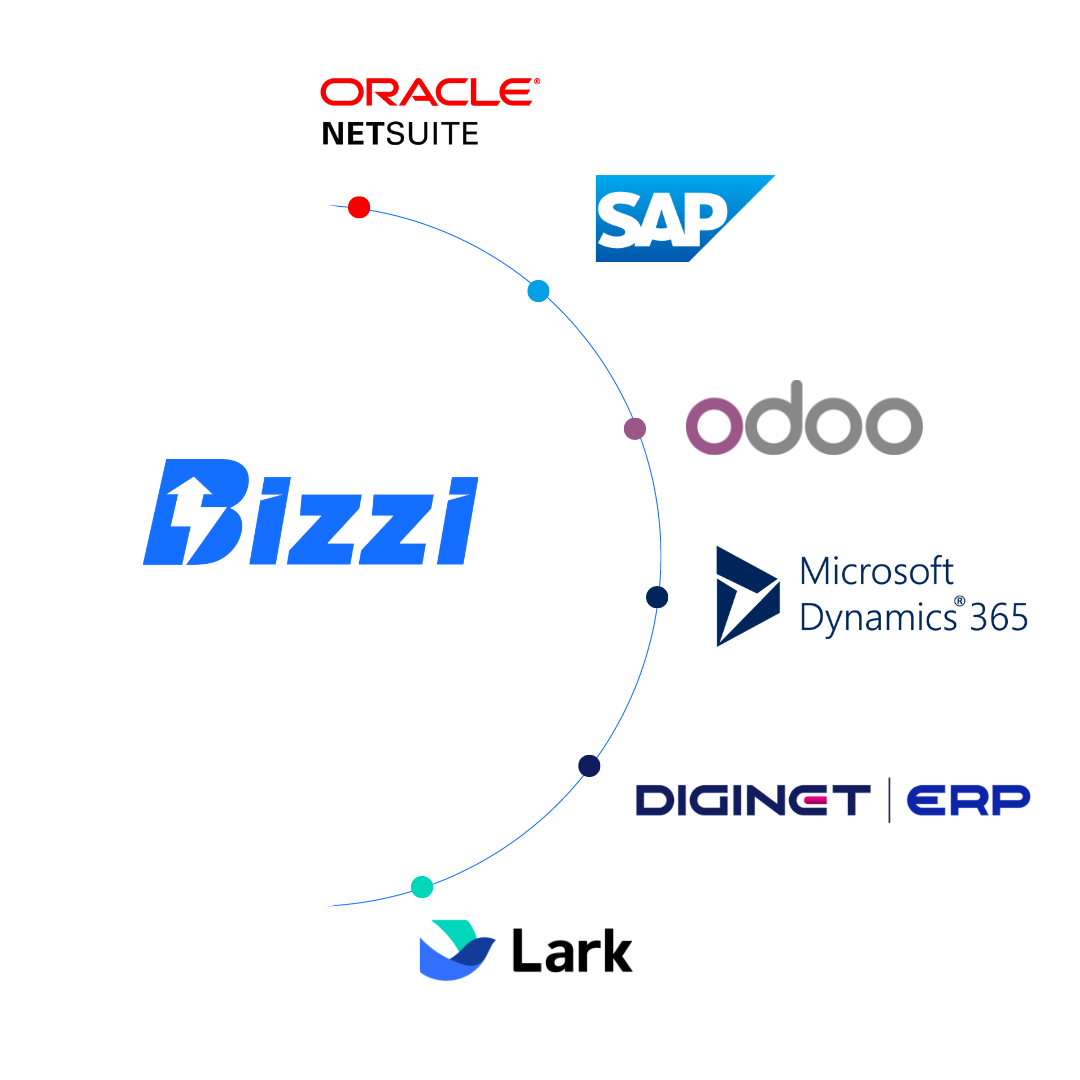Cash flow statement is one of the three core financial statements, reflecting the “blood vessels” of a business – the actual cash flow in and out during a period. Unlike the income statement which only records accounting profits, cash flow statement (also known as cash flow statement) helps business owners and investors understand how the business is generating or consuming cash from operating, investing and financing activities. The ability to generate cash determines the survival and growth potential of the business.
The following article by Bizzi will help you grasp the concept, legal basis, structure, and reading and analysis methods. cash flow statement to optimize cash flow, improve financial management capacity and make accurate strategic decisions.
1. Overview of Cash Flow Statement
Cash flow statement is an indispensable tool to help businesses monitor and analyze the entire cash flow, thereby accurately assessing financial performance and liquidity - the foundation for planning and risk control.
A. What is a cash flow statement?
According to Vietnamese Accounting Standard No. 24 (VAS 24), cash flow statement is an integral part of financial reporting system, provides information about changes in cash and cash equivalents of the business. This report summarizes all actual cash inflows and outflows over a certain period of time (usually a quarter or a year), reflecting the ability of the business to generate and use cash. BCLCTT classified into three main activities:
- Business activities: Includes cash flow from core revenue generating activities such as sales, collections from customers, and especially payments to suppliers, employee salaries and operating expenses. Optimizing cash outflows here is key to improving financial health.
- Investment activities: Record cash flows arising from the purchase or disposal of long-term assets (plant, machinery) and financial investments not included in cash equivalents.
- Financial activities: Involving changes in the size and structure of equity and debt capital, such as bank loans, loan principal repayments, stock issuances or dividend payments.
Through this report, businesses can monitor cash flow fluctuations and cash balances at the beginning and end of the period, thereby accurately assessing the liquidity situation.

1.2. Importance and role of BCLCTT
Cash flow statement not only reflects financial status but also is a strategic management tool to help managers and investors make effective decisions.
- Ensuring financial transparency: Provide shareholders and investors with a clear view of the sources and uses of cash, especially the company's expenditures.
- Analysis of money efficiency: Shows whether the business is using cash to create value, thereby adjusting spending and investment strategies. An effective cost management system will reflect positively on this report.
- Clarifying the difference between profit and cash flow: A business reporting large profits but negative cash flow from operations is a red flag. BCLCTT Explain the reasons behind this discrepancy (e.g., increased receivables or excessive operating costs).
- Planning and fundraising support: Based on historical and forecasted cash flow data, businesses accurately determine capital needs, plan investments, and build future cash flow scenarios.
- Financial risk control: Helps identify problems such as persistent negative cash flow, often caused by ineffective expense management, early, avoiding sudden insolvency.
2. How many parts does the Cash Flow Statement consist of?
According to the provisions of Circular 200/2014/TT-BTC, cash flow statement divided into three main sections, fully reflecting cash flows according to three core activities: business, investing and financing. This clear separation helps to assess financial health and plan effective strategies.
Cash flow from operating activities
This is the most important part, reflecting the ability to generate money from the core activities of the business. Positive cash flow from business activities shows that the business is able to cover its own operating costs. Cash outflows include payments to suppliers, employee salaries, taxes, and interest. Therefore, the internal cost control Tightening and optimizing payments is vital to maintaining positive business cash flow.
Cash flow from investing activities
This section records cash flows related to the purchase, sale, and disposal of long-term assets and financial investments. Investment cash flows are often negative in businesses in the growth stage, because they spend money to purchase machinery, equipment, and build factories. Conversely, positive cash flows can come from the disposal of assets or the recovery of investments.
Cash flow from financing activities (Financing Activities)
This section reflects the cash flows that change the capital structure of the enterprise. Cash inflows come from raising capital (issuing shares, borrowing from banks). Cash outflows include repayment of loan principal, repurchasing treasury stock, or paying dividends to shareholders. Analysis of this section shows the capital financing strategy of the enterprise.

3. 2 Popular Methods of Preparing Cash Flow Statements
Currently, cash flow statement can be prepared using two methods: direct and indirect. Although both methods produce the same net cash flow from operating activities, the presentation and input data are different.
| Criteria | Direct method | Indirect method |
|---|---|---|
| Characteristic | Summarize and present actual cash receipts and disbursements from business operations (cash receipts from customers, payments to suppliers, etc.). | Start from pre-tax profit and adjust for non-cash items (depreciation, provisions) and changes in working capital. |
| Advantage | Transparent, easy to understand, clearly shows specific cash inflows and outflows. Useful for forecasting future cash flows. | Easier to prepare because it uses available data from the Balance Sheet and Income Statement. Shows the relationship between profit and cash flow. |
| Disadvantages | It is more complicated and costly to collect detailed data from accounting records, especially for small expenses. | No details are provided on specific cash receipts and disbursements, making in-depth analysis difficult. |
| Popularity | Less common in practice due to high data requirements. | Applied by most businesses in Vietnam and around the world because it is more practical and simpler. |
4. Instructions for Effective Cash Flow Statement Analysis
Analysis cash flow statement (BCLCTT) is an important step to help assess financial health, determine cash generation capacity and make accurate management decisions. Below are the steps for effective analysis.
4.1. Assessing profit quality through operating cash flow
Accounting profits do not reflect overall financial health. A highly profitable business with low or negative net operating cash flow may have poorly controlled expenses or slow payment processes. To improve this situation, automate payment process Helps ensure payments are made on time and accurately, freeing up cash flow and improving this ratio.
4.2. Strategic analysis through investment and financial cash flow
Investment cash flow is often negative, indicating that the business is spending money to expand its scale and upgrade its technology. However, if the negative cash flow is large but does not bring about corresponding results in terms of revenue and profit, the investment strategy needs to be reconsidered. Conversely, a consistently positive investment cash flow may indicate that the business is downsizing or is not finding attractive investment opportunities.
Positive financial cash flow shows that the business is raising capital (borrowing, issuing shares) to finance operations. It is necessary to carefully analyze the purpose of capital use and the ability to repay debt. Negative financial cash flow shows that the business is paying off debt or paying dividends to shareholders, this is a positive signal if the business cash flow is strong enough to cover.
4.3. Important indicators to analyze
Tracking metrics helps quantify and evaluate cash generation, investment performance and growth potential.
- Net cash flow from operating activities: Should be positive and have a steady upward trend. This index is directly affected by the cost management efficiency of the enterprise.
- Net cash flows from investing activities: Yin indicates that the business is investing in expansion. Yang indicates capital recovery or asset liquidation.
- Net cash flow from financing activities: Positive due to increased borrowing or issuance of shares; negative due to debt repayment or dividend payment.
- Net cash flow during the period: Is the sum of the three cash flows above, showing the overall change in cash.
- Operating cash flow/Sales ratio: Measures the ability to convert sales into cash. The higher the ratio, the better.
4.4. Combining data analysis and comparison
Don't analyze. BCLCTT individually. The compared to previous periods help identify trends, and compare with competitors in the same industry help determine competitive position. Most importantly, combine the analysis with the Income Statement and Balance Sheet to get a complete view of the financial health of the business.
5. Common Errors When Preparing Cash Flow Statements
The process of establishment cash flow statement Manual work is prone to errors, affecting the accuracy of financial information. Here are some common errors:
- Misclassification of cash flow: Confusing operating, investing, and financing activities. For example, paying interest on a loan is an operating activity, but paying off the principal on a loan is a financing activity.
- Missing non-monetary transactions: Significant transactions that do not affect cash (such as the purchase of assets by issuing shares, converting debt into equity) must be presented in the notes to the financial statements.
- Incorrect handling of adjusting items (indirect method): Miscalculation or omission of adjustments for depreciation expense, provisions, or changes in working capital.
- Errors in recording and paying expenses: Recording expenses at the wrong time or delaying payments to suppliers can distort cash outflows during the period, leading to an erroneous assessment of financial health.
- Inconsistent with other reports: Ending period cash and cash equivalents figures above BCLCTT must match the corresponding figures on the Balance Sheet.
6. Future Trends: Applying IFRS in Vietnam
Vietnam is on the way to applying International Financial Reporting Standards (IFRS). For cash flow statement, the corresponding standard is IAS 7, which has some differences compared to the current VAS 24.
| Item | VAS 24 (Vietnam) | IAS 7 (International) |
|---|---|---|
| Interest paid | Required to classify into cash flows from operating activities. | Allows selection of classification into operating or financial cash flows. |
| Dividends paid | Required classification into cash flows from financing activities. | Allows selection of classification into operating or financial cash flows. |
| Interest and dividends received | Required classification into cash flows from investing activities. | Allows selection of classification into operating or investment cash flow. |
Roadmap for IFRS adoption in Vietnam According to the decision of the Ministry of Finance, it is expected to take place in stages from 2022-2025 (voluntary) and after 2025 (mandatory for some entities). The conversion to IFRS will help improve the transparency and comparability of Vietnamese financial statements with international standards, attracting foreign investment.
7. Application of Technology in Cash Flow Management and Cash Flow Reporting
Set up cash flow statement Manual processing is not only time-consuming but also carries many risks of errors due to manual data entry and expense processing. Automation technology is the optimal solution to help businesses have accurate spending data, thereby improving efficiency. cash flow management and ensure the integrity of financial reporting.
Bizzi – Solution to support cash flow management and cash flow reporting
Bizzi is a financial accounting automation platform that provides powerful tools to control cash flow and create an accurate data foundation for planning. BCLCTT:
- Automate input invoice processing: Bizzi uses AI to automatically collect, check and reconcile incoming invoices with purchase orders (POs) and warehouse receipts (GRs). This ensures that all expenses are recorded accurately, which is the basis for reliable cash flow reporting.
- Business Expense Management (Bizzi Expense): Bizzi's platform helps Digitize the entire spending process, from creating payment requests to approving and monitoring against budgets. Businesses tightly control every penny spent, helping to optimize cash flow from business operations.
- Accounts Receivable Control (ARM): Provide a dashboard to track debt aging and DSO (Days Sales Outstanding). The system automatically sends debt reminders to help speed up debt collection, significantly improving cash flow.
- Seamless integration with ERP & Accounting: Bizzi connects easily with leading ERP systems (SAP, Oracle, Microsoft) and accounting software (MISA, FAST). Cost and payment data are synchronized, creating a single and reliable source of data for accurate financial reporting.

To improve the efficiency of invoice management as well as automate your business's financial and accounting processes, sign up to experience Bizzi's comprehensive solution suite today!
- Link to register for a trial of Bizzi products: https://bizzi.vn/dang-ky-dung-thu/
- Schedule a demo: https://bizzi.vn/dat-lich-demo/
8. Conclusion
Understand and analyze cash flow statement is an essential skill for businesses to control the “health” of cash flow. However, an accurate report must originate from reliable input data. Applying expense management automation solutions such as Bizzi helps businesses ensure that all expenses are recorded and processed transparently, creating a solid foundation for accurate cash flow reporting, thereby making strategic and sustainable financial decisions.
Read more:


